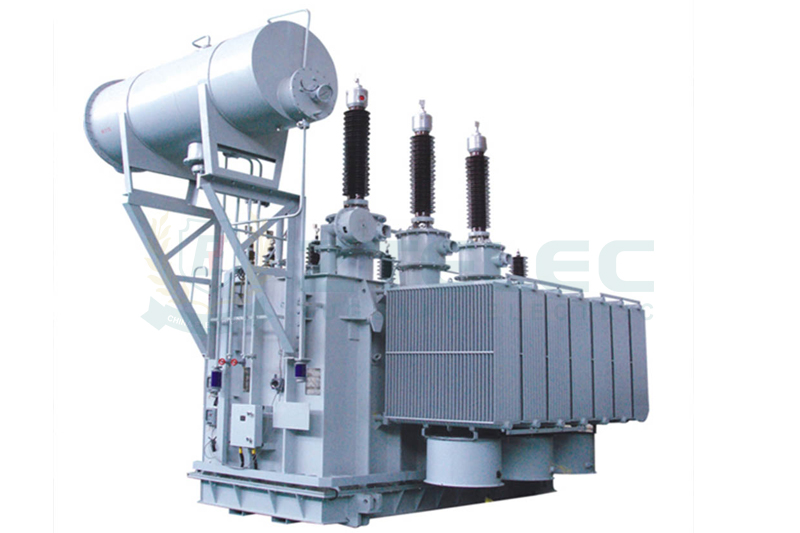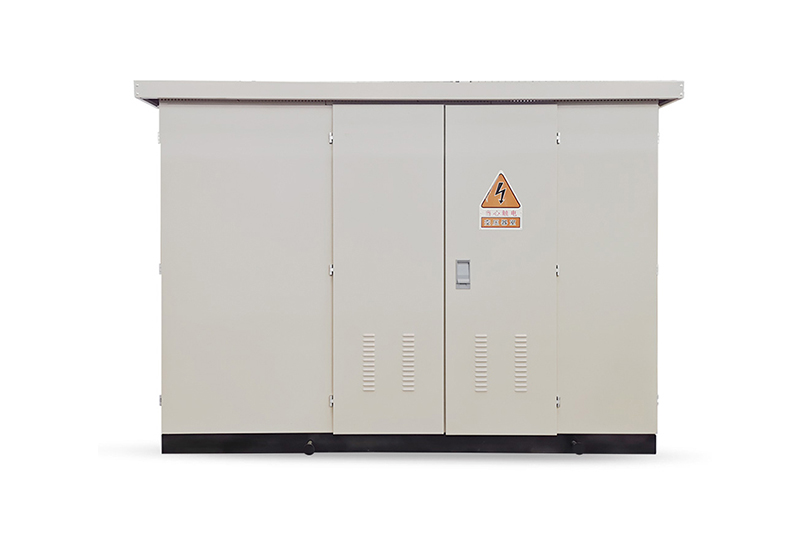Three-Phase Dry-Type Isolation Transformers Convert 415V, 440V, and 480V to 380V: Principles and Advantages Explained
Time:2025-10-14 Auther:ZTelec-www.ztelectransformer.com
In global industrial systems, voltage compatibility is crucial for safe and efficient equipment operation. Many imported machines are rated for 415V, 440V, or 480V, while local power grids often supply 380V. This voltage mismatch can lead to startup failures, reduced efficiency, and even permanent equipment damage. The most effective and reliable solution is a three-phase dry-type isolation transformer, which provides stable voltage conversion and electrical protection. This article explains its core principles, technical advantages, and selection guidelines.
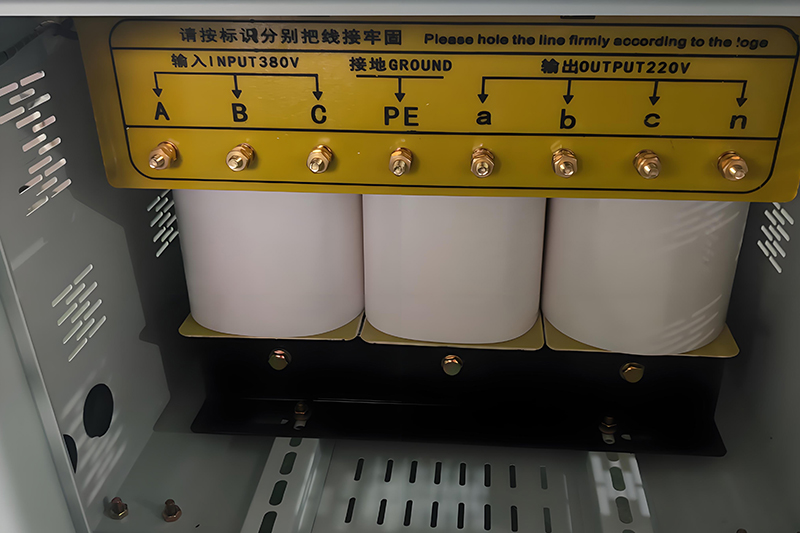
Core Working Principles of Three-Phase Dry-Type Isolation Transformers
The operation of a three-phase dry-type isolation transformer is based on Faraday’s law of electromagnetic induction. It converts one three-phase voltage system to another safely and efficiently while ensuring electrical isolation.
1. Electromagnetic Induction and Turns Ratio
When an input voltage of 415V, 440V, or 480V is applied to the primary winding, it generates an alternating magnetic flux in the transformer core. This magnetic field induces an alternating voltage in the secondary winding, producing the required output of 380V. The voltage conversion follows the turns ratio principle, represented by:
U₂ / U₁ = N₂ / N₁
Here, U₁ and U₂ are the primary and secondary voltages, while N₁ and N₂ represent the corresponding winding turns. For instance, to step down from 480V to 380V, a turns ratio of approximately 4:5 is used to achieve precise voltage conversion.
2. The Role of Electrical Isolation
Unlike autotransformers, a dry-type isolation transformer has independent primary and secondary windings. This design eliminates direct electrical contact between input and output circuits, offering two key benefits:
Electrical protection: Voltage spikes, harmonics, and transient surges from the grid are blocked, preventing damage to sensitive loads.
Neutral point reconstruction: A new neutral line can be formed on the secondary side to stabilize system potential and eliminate neutral drift issues in unbalanced power networks.
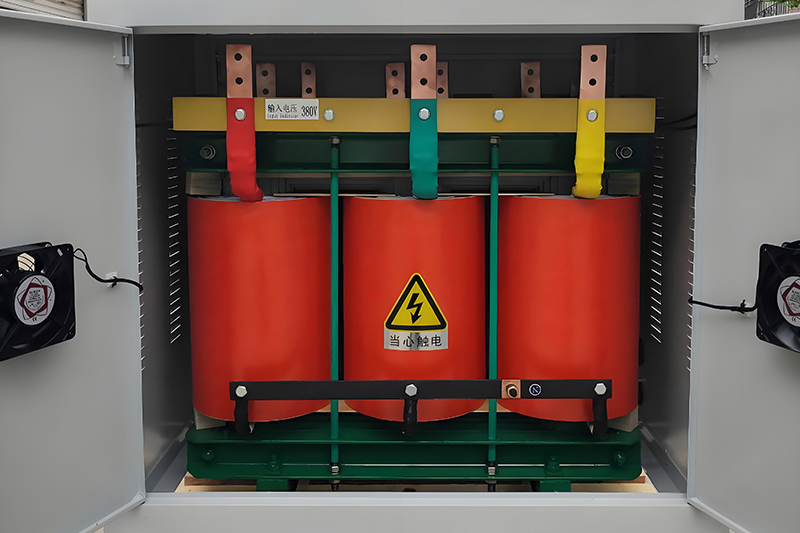
Key Advantages of Three-Phase Dry-Type Isolation Transformers
1. High-Precision Voltage Conversion
These transformers provide precise and stable voltage regulation whether converting from 380V to 415V, 440V, or 480V—or vice versa. The accurate output voltage prevents performance loss or shutdowns due to power fluctuations, making them ideal for high-end industrial systems and precision equipment.
2. Dry-Type Design: Safe and Maintenance-Free
Unlike oil-immersed transformers, dry-type units use solid insulation instead of oil, eliminating risks of leakage and fire. Their design offers excellent thermal stability and high efficiency in humid or dusty environments, ensuring reliable operation and long service life with minimal maintenance.
3. Electrical Isolation for Enhanced Power Quality
The electrical isolation between input and output circuits ensures clean and stable power delivery. It prevents harmonics and transient interference from affecting downstream equipment such as CNC machines, automation lines, or communication systems.
4. High Efficiency and Energy Conservation
Modern dry-type transformers utilize optimized magnetic materials and winding structures, achieving low loss and high efficiency. This design not only reduces energy waste but also helps industries comply with global energy efficiency and environmental protection standards.
5. Robust Structure and Adaptability
Constructed with high-strength enclosures and insulation materials, these transformers can withstand harsh environmental conditions including high temperature, humidity, and mechanical vibration. This makes them ideal for manufacturing plants, offshore platforms, mining operations, and renewable energy facilities.
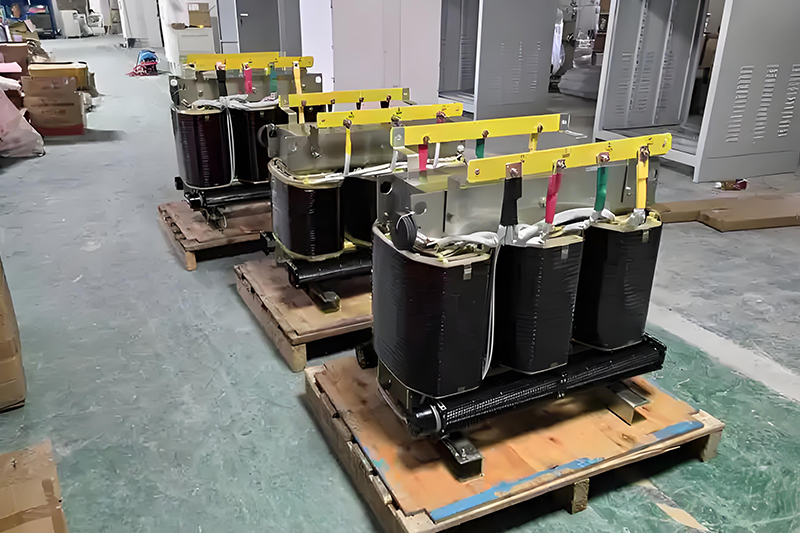
Selection Guide: How to Choose the Right Three-Phase Dry-Type Isolation Transformer
To ensure proper performance and long-term reliability, consider the following parameters when selecting a transformer:
Rated Capacity (kVA): Calculate based on the total load power and consider a 15–20% margin, especially if the system includes motors or inductive loads.
Input Voltage Range: Determine the variation of the local power grid (typically ±10%) to ensure stable output of 380V even during voltage fluctuations.
Output Voltage Accuracy: Choose a transformer that meets the precision requirements of the connected equipment to maintain performance and safety.
Protection Grade: Select an enclosure with suitable IP protection for the installation site—indoor, outdoor, or high-dust environments—to extend lifespan and maintain efficiency.
The three-phase dry-type isolation transformer provides more than just voltage conversion—it ensures safety, stability, and energy efficiency across diverse industrial applications. By integrating electrical isolation, precise voltage control, and a maintenance-free structure, it protects valuable equipment and enhances operational reliability. Investing in a high-quality isolation transformer is not merely a short-term fix but a long-term strategy for safeguarding critical assets and optimizing production performance.

